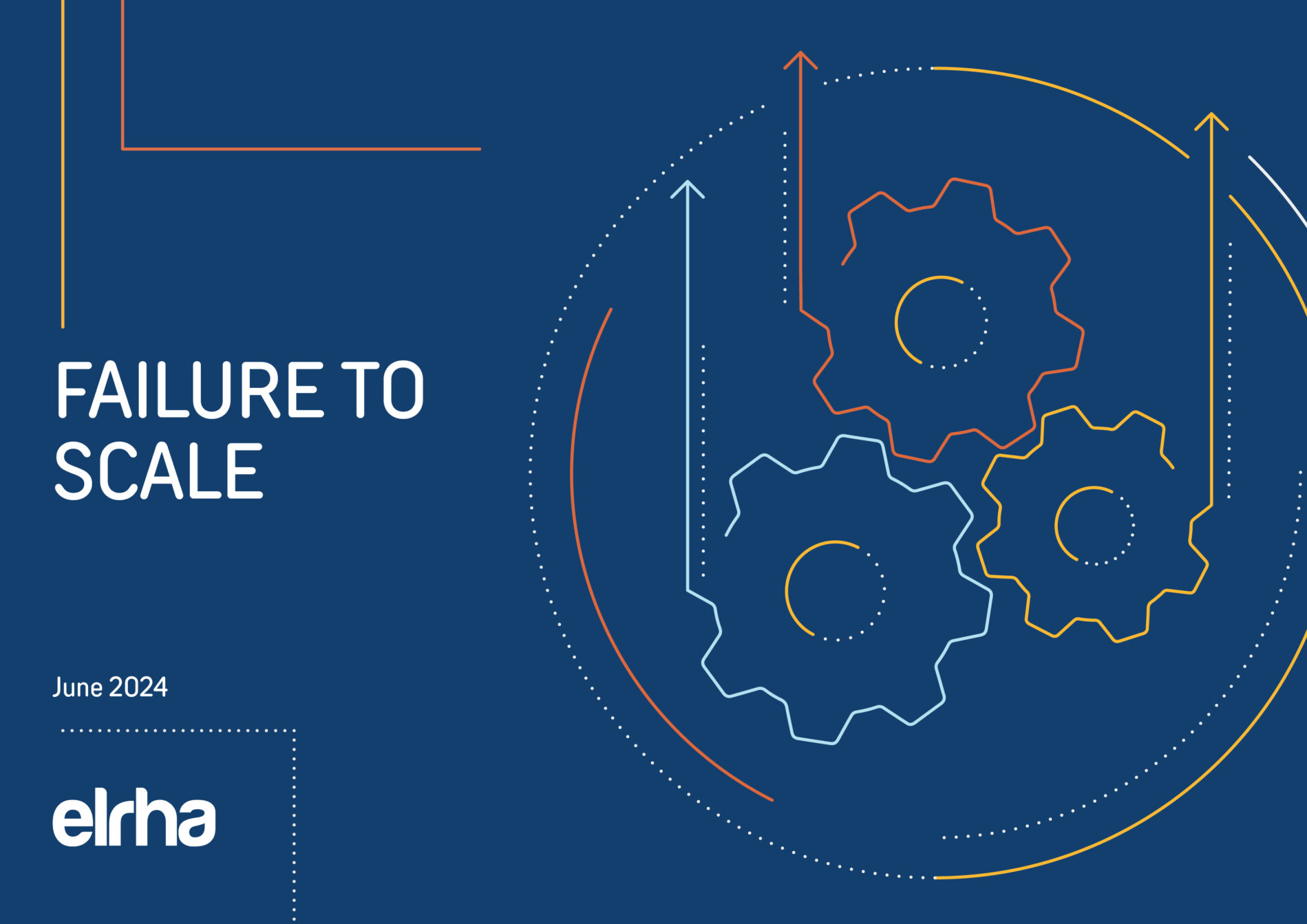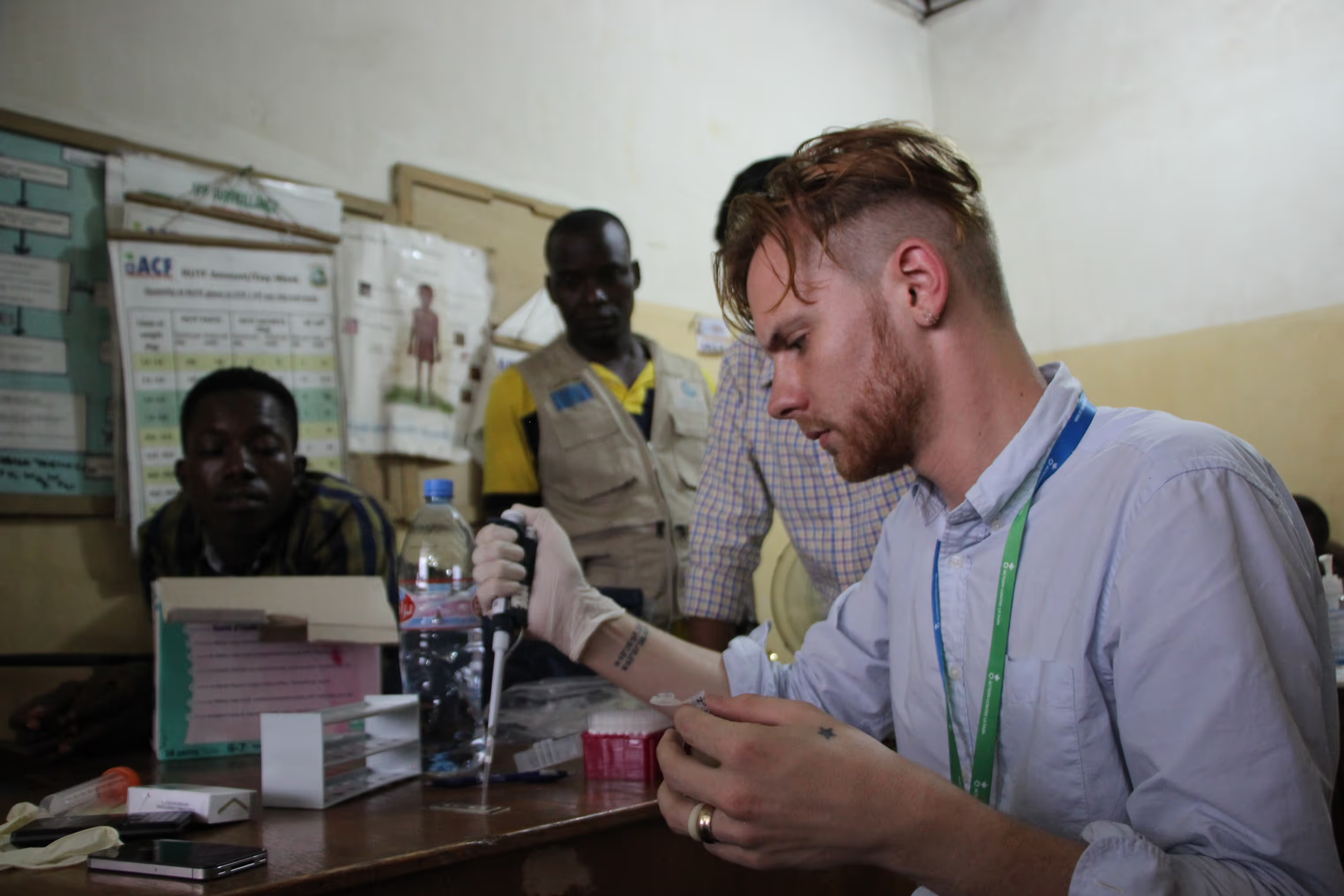Final Report: OptiDiag - Improvements in the diagnosis of child undernutrition through assessment of emerging biomarkers of deprived metabolic status and vulnerability


The project sought to address the diagnosis of children suffering from Severe Acute Malnutrition (SAM): to increase the sensitivity and specificity of diagnostic measures for SAM and identify children who are at highest risk for life-threatening acute and chronic complications.The solution the team aimed to put in place can be described as novel diagnostic and screening tools relying on the assessment of emerging biomarkers of metabolic deprivation and vulnerability, as a complement or an alternative to anthropometric indicators, for identification, classification, and management of malnourished children in the developing world.The final project report provides information on the methodology, activities, outputs, impact and dissemination of learning.